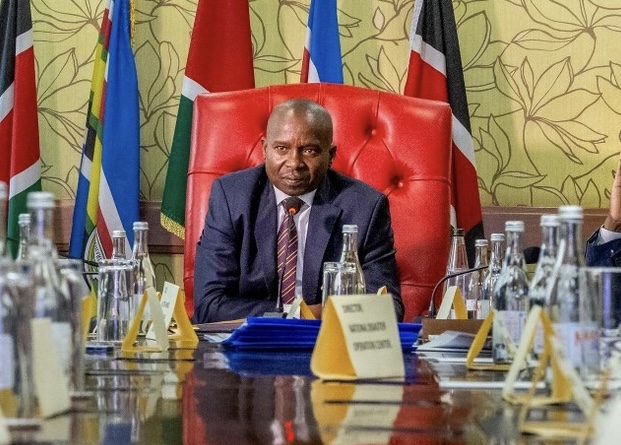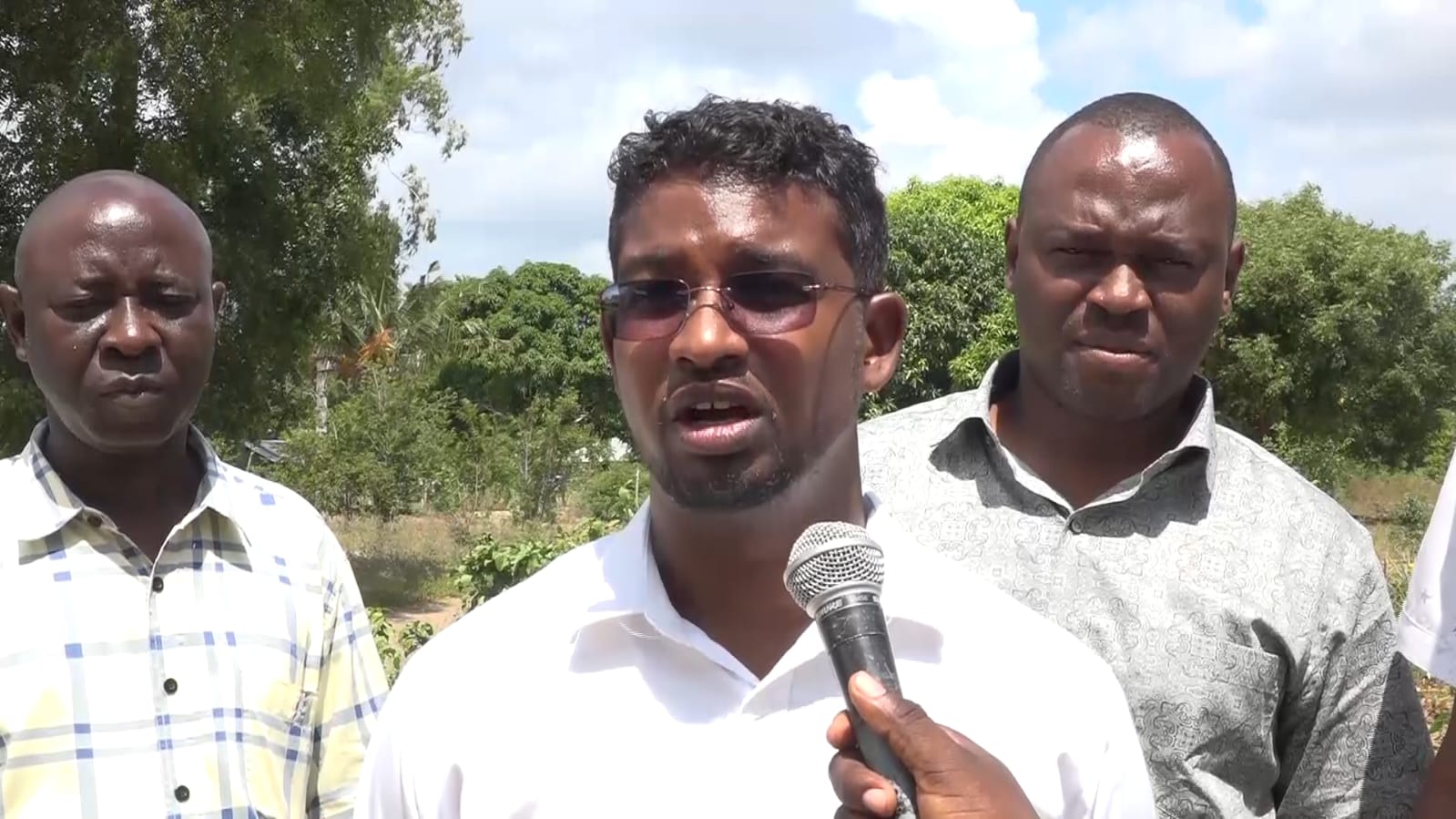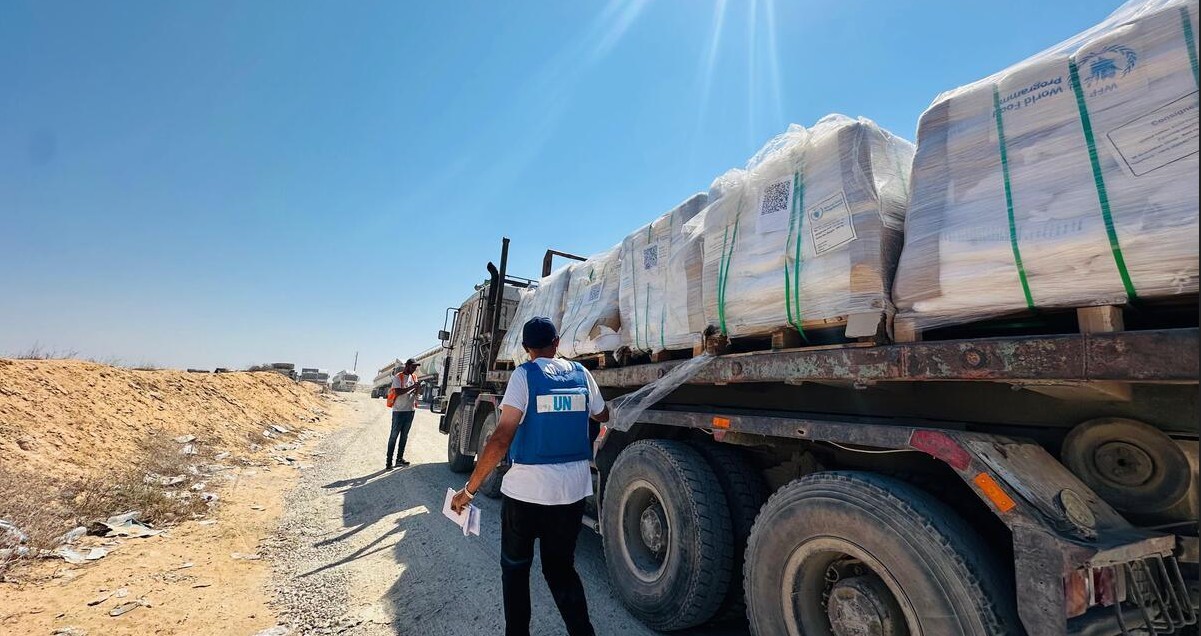Senators want a permanent solution to floods-related deaths and destruction
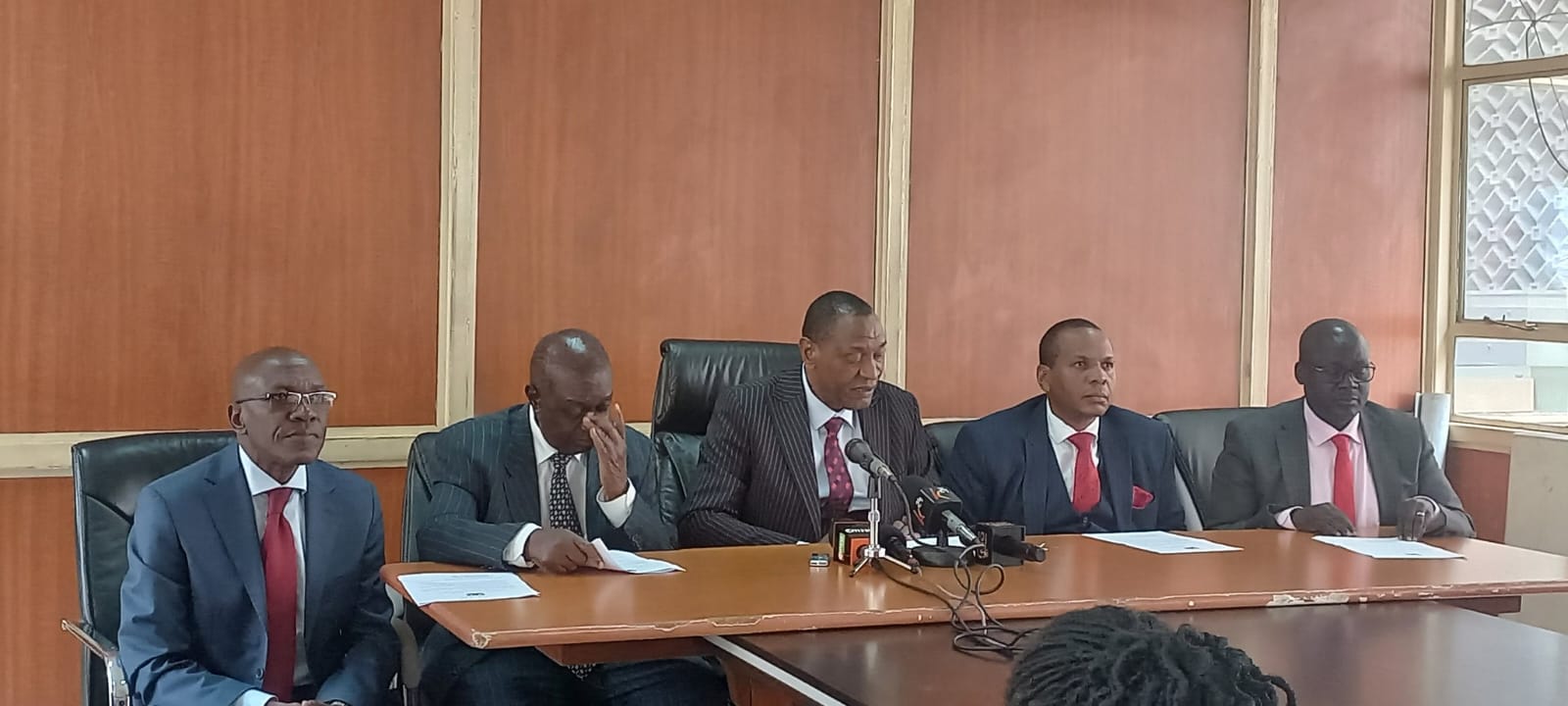
The Committee conducted a damage assessment inspection and ascertained that massive destruction in the form of flooding of farms, settlements, and washing away of vital infrastructure caused by the river breaking its banks had occurred in Garissa.
The Senate Committee on Energy has called for a permanent solution to stop the flooding that led to death and destruction of properties across the country.
The committee has urged the Ministry of Energy and Petroleum to expedite the construction of a High Grand Dam on the River Tana to address the recurring floods felt in Garissa and Tana River counties.
More To Read
- Floods-affected schools in Nairobi slums still await government aid months later
- Businesses feel the brunt as flood compensation claims reach Sh3.1 billion
- Threat of waterborne diseases rises as raging floods cause crisis
- Mathare residents slam police over river body retrieval
- Floods death toll rise to 291 as 107 cholera cases reported countrywide
- Kenya's floods calamity: Death toll rises to 289 after 12 more reported
The committee that has been touring various dams across the country said the government has to find a lasting solution in managing its water reservoirs and other mega water storage projects to ensure that flooding does not disrupt the lives of Kenyans again.
Senate Energy Committee Chairperson Wahome Wamatinga said the committee is suggesting the construction of a bigger dam downstream of the River Tana to tame the bursting of its banks when there is excessive rain in the country. Last month hundreds of families were displaced in Garissa and Mororo by floods after river Tana burst its banks.
"As a committee, we want to urge the Ministry of Energy and Petroleum to fast-track the construction of the High Grand Falls Dam. It is a multipurpose reservoir and one of the flagship projects in the Kenya Vision 2030," said Wamatinga.
The senators argued that the proposed dam site is on the River Tana and will be located on the only site left on the river with the potential to store sufficient runoff (5 billion cubic meters) during the rainy seasons for flood control, river flow regulation and water supply for irrigation, domestic and industrial purposes.
The government in September 2023, signed a Public Private Partnership (PPP) agreement with a UK firm to construct the High Grand Falls Dam. It will cost Sh425 billion to construct the dam and when complete it will hold 5.7 Billion Cubic of water and will generate 700MW of electricity.
"The construction of this dam will not only alleviate untold suffering caused by floods due to flood control, it will also inject about 700 MW of cheap electricity into the grid. This will be a double victory for the people of Kenya and communities living downstream of River Tana," explained Wamatinga.
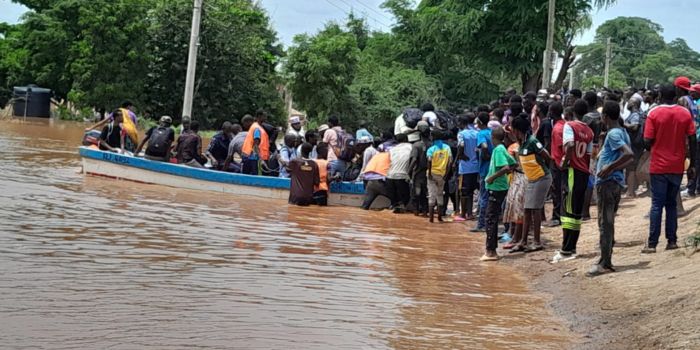 Members of the public at the scene in Mororo, Tana River County, where a boat capsized on April 28, 2024. (Photo: Abdimalik Hajir)
Members of the public at the scene in Mororo, Tana River County, where a boat capsized on April 28, 2024. (Photo: Abdimalik Hajir)
The Committee conducted a damage assessment inspection and ascertained that massive destruction in the form of flooding of farms, settlements, and washing away of vital infrastructure caused by the river breaking its banks had occurred in Garissa.
"We as the members of the Senate Standing Committee on Energy would like to make a statement on the overflowing of the Seven Forks dams used by KENGEN to generate electricity in the country due to the ongoing heavy rains."
In their view, the Seven Forks Dams located in the lower Tana region of the Eastern part of Kenya have been known for power generation by Kenya Electricity Generating Company (KenGen), and 34 years down the line no additional dam has been constructed despite increased human activities like irrigation, deforestation and increased population.
"From 1989 to now, the population of Kenya has increased from 21 million to over 50 million. This has led to settlement along the river bank in the lower basin. As we all know, the impact of climate change globally has led to severe droughts and flooding. Kenya has not been spared," said Wamatinga.
The Nyeri Senator decried how the population living downstream of the dams has repeatedly suffered from this wrath, and as a result, counties like Garissa, Tana River, and Kilifi among others have continued to suffer as a result of the flooding.
"As a result of the heavy rain the water level has risen to the spillway levels leading to the discharge of over 1,300, 0000 litres of water per second back to River Tana. A consequence of all this water flowing downstream is the flooding we witnessed in Garissa, Tana River, and Lamu," added Wamatinga.
The government of Kenya constructed these dams between 1968 and 1988 to generate a total of 599 MW of hydroelectric power. The dams include, Masinga, Kamburu, Gitaru, Kindaruma, and Kiambere.
They also want the raising of the wall of Masinga Dam by one meter to delay the overflowing of the water downstream.
Top Stories Today



